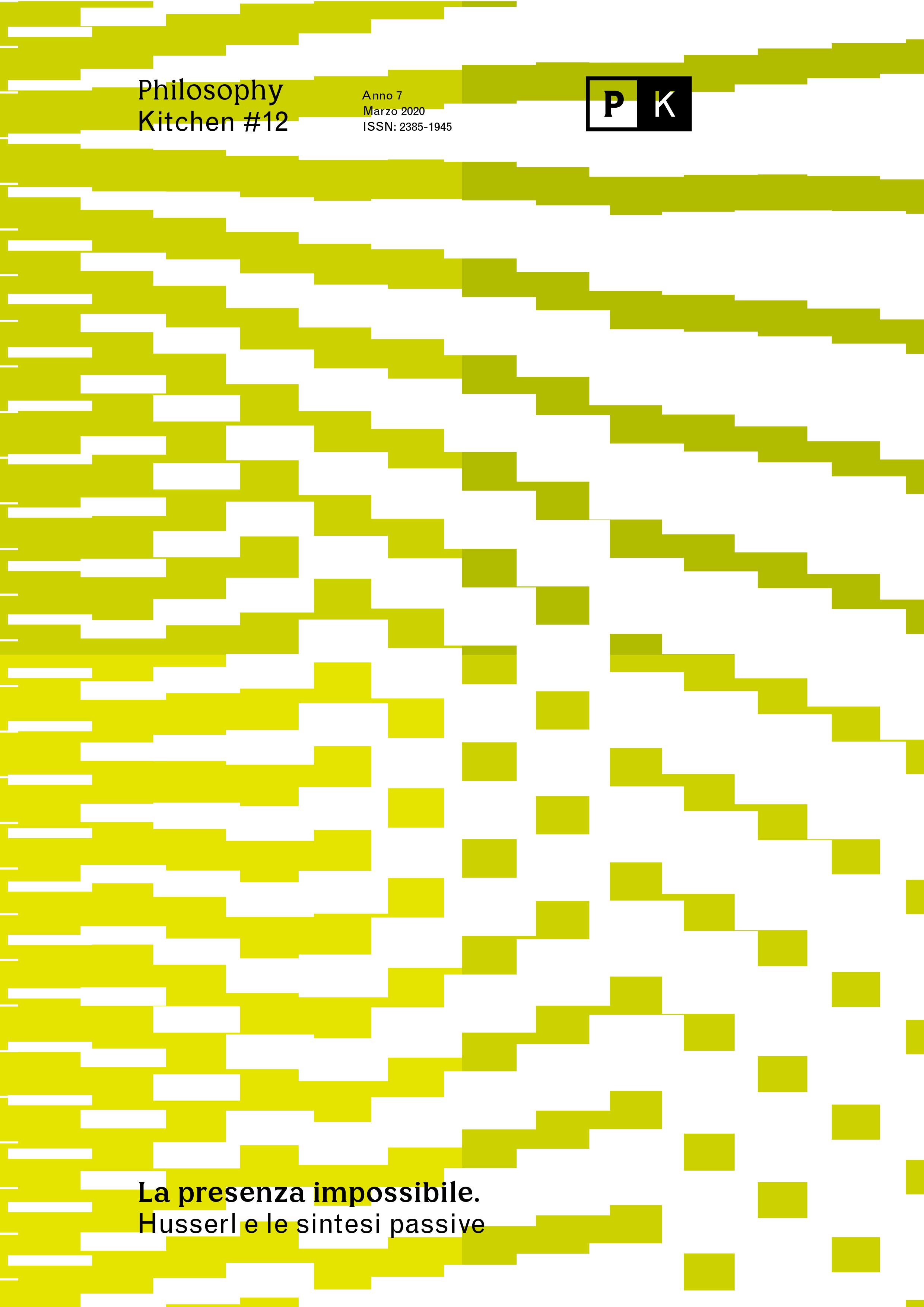The Passive Syntheses, a Century Later
DOI:
https://doi.org/10.13135/2385-1945/4893Abstract
As is well known, volume XI of Husserliana 1 (1966) collects the manuscripts that Husserl dedicated to the problem of passive synthesis between 1918 and 1926. In fact, the most recent publication of Bernauer Manuskripte in volume XXXIII (2001), on which Husserl worked with Edith Stein in the summers of 1917 and 1918, shows how the theme of passivity had been latently present for a long time, since it was closely connected with the problem - "the most complex of all phenomenological problems" (Husserl 1966a, 276) - of the internal consciousness of the time. And if one considers that the latter theme has occupied Husserl at least since the courses on perception in 1905-08 (collected in Hua X and XVI), one can at least assume that genetic phenomenology "brooded" in the Husserlian phenomenological laboratory long before the 1920s.





